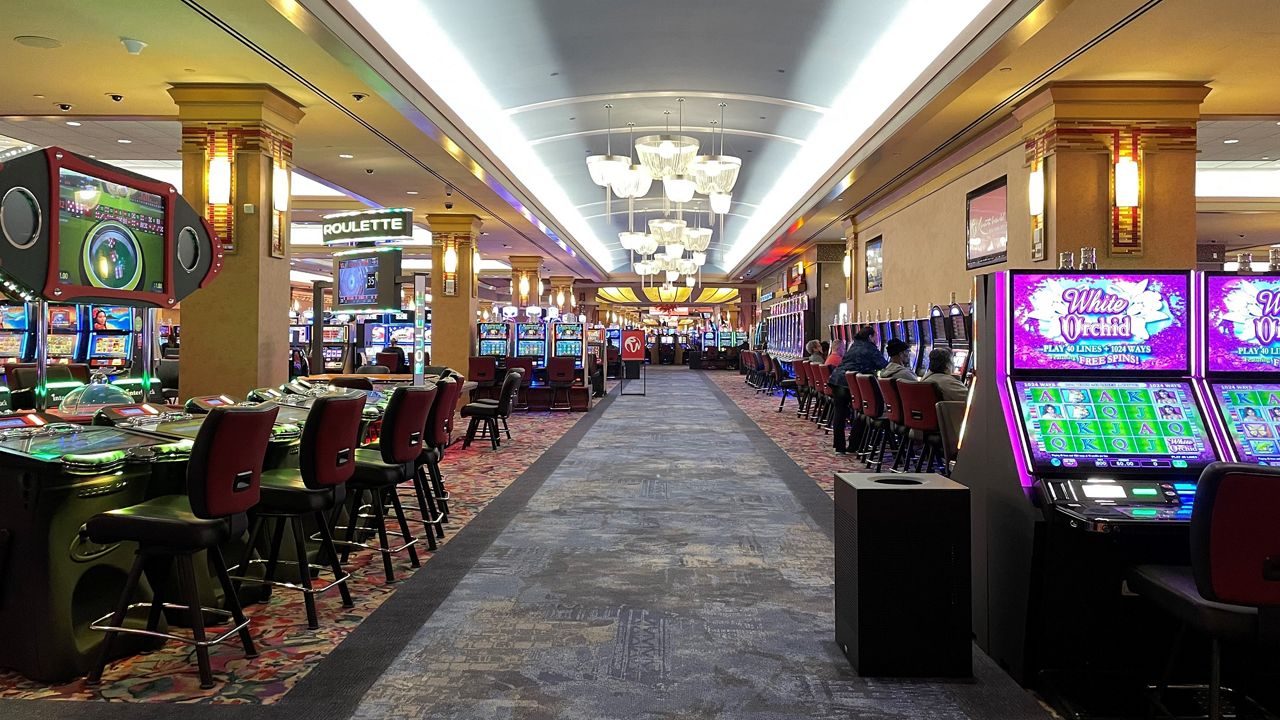As for casino slots games, players frequently get drawn in by the shimmering lights, engaging themes, and the excitement of the reel spins. But behind the glamour and excitement lies an essential concept that every player should understand: Return to Player, or RTP. This key metric is essential in determining the amount of money you can expect to receive back over time, influencing your gaming experience and strategy as you play.
RTP is usually expressed as a percent and indicates the mean amount of funds returned to players compared to the overall stakes. For instance, if a slot game has an RTP of 95%, it means that, on average, players get back 95 dollars for every $100 they stake. gavn99 Understanding this concept can enable players to make better choices when choosing which slots to play, ultimately enhancing their gaming experience at the casino.
What is RTP?
Return to Player, also known as RTP, represents an important element in the realm of casino slots games. It represents the fraction of all wagered money which a specific slot is programmed to refund to players through its operation. For example, if a specific slot has an RTP of 95%, this means that, hypothetically, players should anticipate to receive back 95 dollars for each $100 bet in the long run. Knowing RTP assists players evaluate the possible gains of different slots.
RTP is not a surety of personal wins but instead an average calculated throughout many spins. Each player’s experience can vary significantly as a result of the chance intrinsic in slot machines. A greater RTP indicates superior odds for the player, making it a key aspect to take into account while picking the slots to play. Nonetheless, even with high RTP, there can be stretches where players encounter losses, because luck plays a significant role.

It is important to note that the slots available have diverse RTP percentages. Some games may have a smaller RTP as a result of a significant fun or distinct elements, while others maintain a increased percentage to entice more conservative players. Comprehending RTP allows players to take educated decisions about their play strategies and manage their bankrolls effectively while enjoying the thrill of casino slot games.
The Way Return to Player is Being Calculated
The RTP, or Return to Player, is a critical metric in the realm of casino slots games. It denotes the proportion of all bet funds that a gaming device can be expected to return to players over time. Comprehending the method by which this measurement can be derived requires understanding of the dual aspects of the game’s design and its reward structure. This RTP is calculated through complex calculations as well as statistical analyses executed in the course of the game creation phase. Slot developers take into account multiple elements, including the likelihood of successful outcomes as well as the size of returns for every combination.
In order to compute RTP, the creators model a large number of spins of the slot machine. Such simulations help determine the average amount that on average, a player can expect to win according to their wagers. For instance, when a machine has an RTP of 95 percent, it suggests that, theoretically, for every one hundred bet, players can expect to get ninety-five bucks in return in the long term. This value does not indicate the amount a gambler will win during a one play and during a couple of plays; rather, it reflects overall payout expectations.
The values of RTP are generally released from the gaming house and game creator. Players must always look for such information when choosing a casino slots, because it has the potential to affect their gaming experience. A greater RTP usually indicates a better chance of winning back a portion of wagered money, even though specific sessions can vary greatly. Understanding this concept enables gamblers make informed decisions and improve their overall enjoyment within the world of casino slots.
Value of Return to Player in Casino Games
Comprehending the RTP or RTP is important for any player involved in gambling on slots. RTP refers to the percentage of total bets that a slot machine is designed to pay back to gamers over the long run. A higher RTP shows that gamers can look forward to receiving a bigger share of their bets back, making it an important factor for those attempting to enhance their gaming experience. Understanding this figure aids gamers make informed decisions about which games to play, as it can greatly influence their chances of winning.
Moreover, Return to Player plays a crucial role in the overall equity and transparency of casino slots. Gamers are often drawn to games with greater RTP percentages because they provide a superior opportunity of winning over the long term. Casinos and game developers use Return to Player as a selling point to attract players, guaranteeing they maintain a competitive edge in the thriving gambling industry. By understanding of Return to Player, gamers can select games that align with their comfort level and objectives.
In conclusion, the idea of RTP promotes safe gaming practices. Recognizing that not all slots will provide immediate returns and that Return to Player is based on long-term play, players can regulate their anticipations and gambling behavior effectively. This understanding enhances the enjoyment of casino slots while promoting a more balanced gambling landscape. Players who grasp the importance of RTP are more prone to have a better experience and lessen the risks of gambling issues.